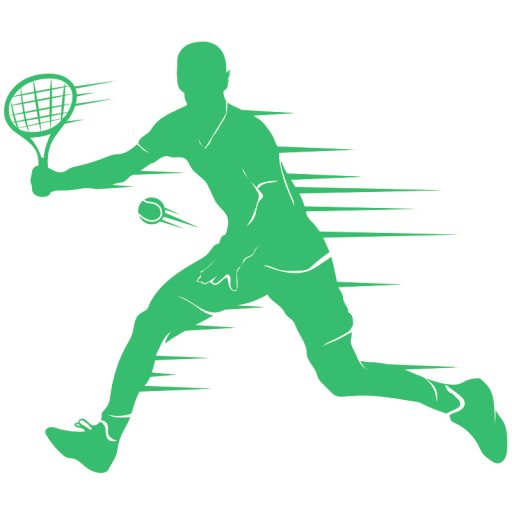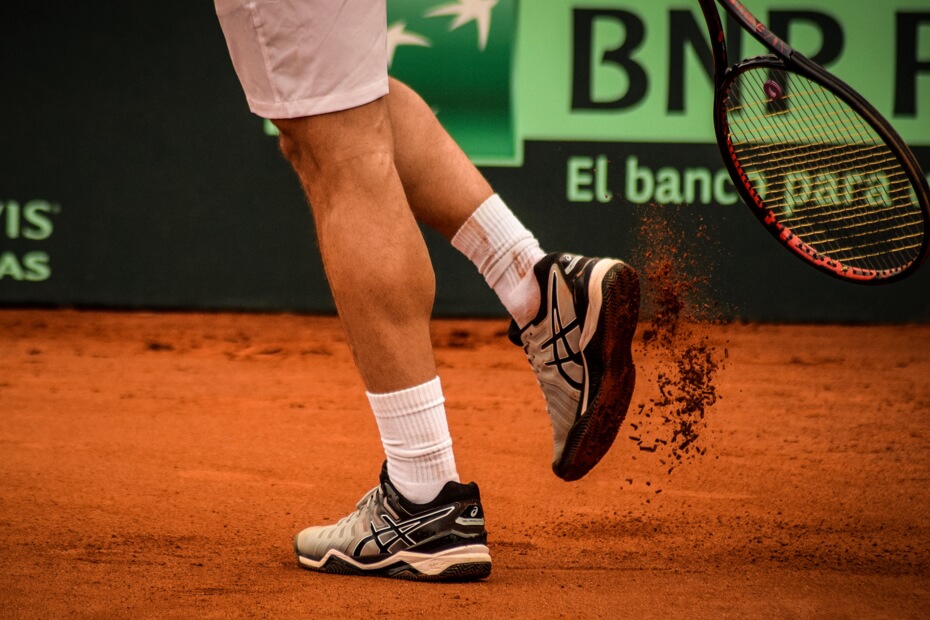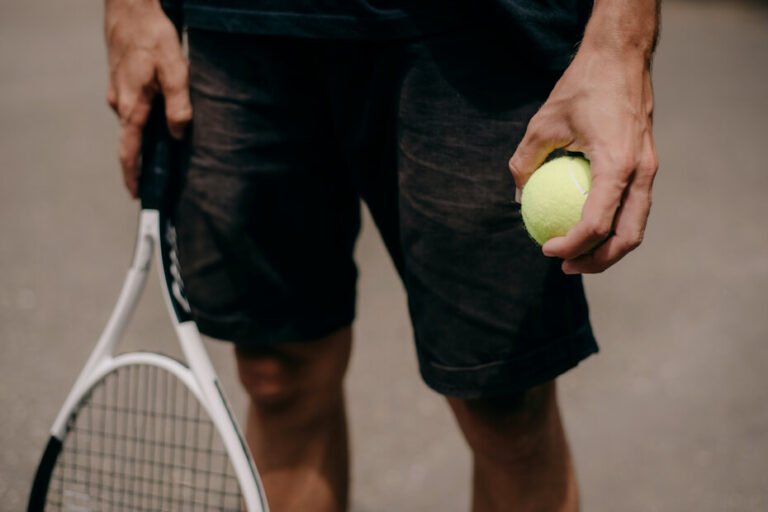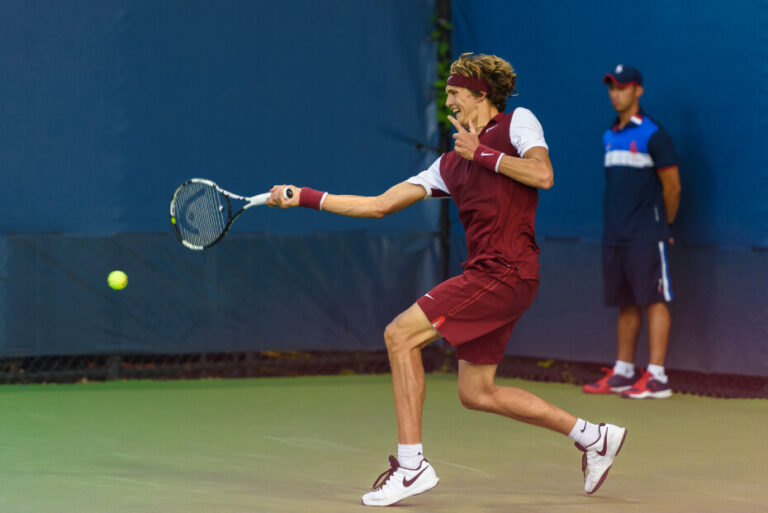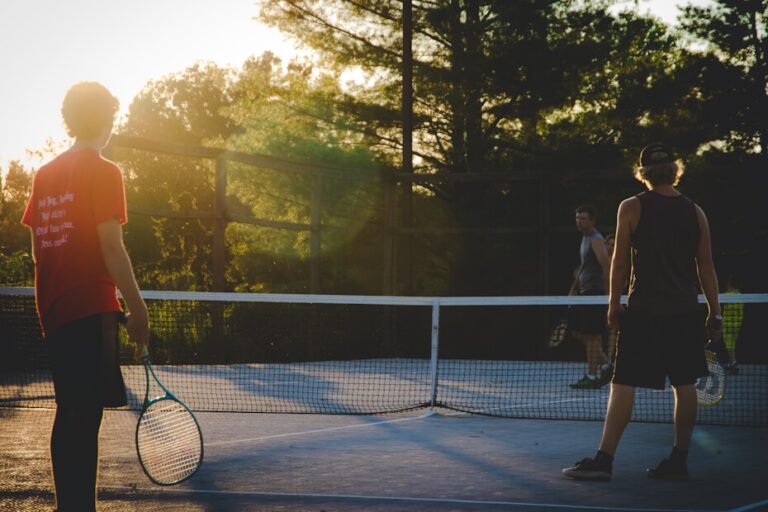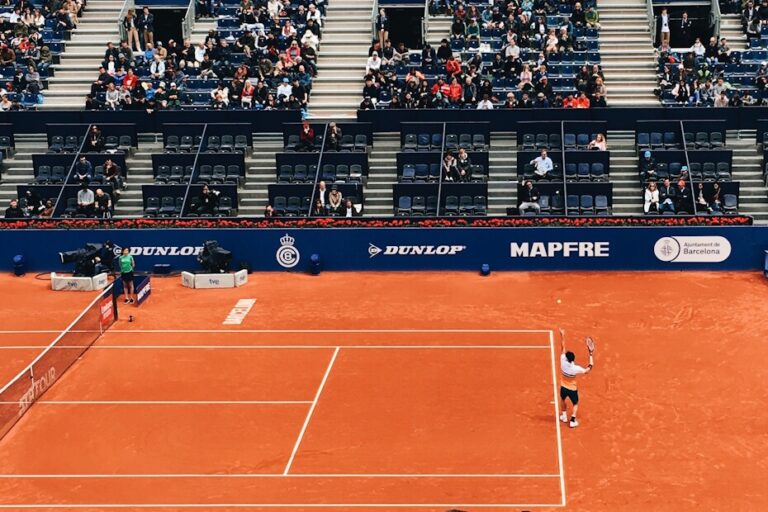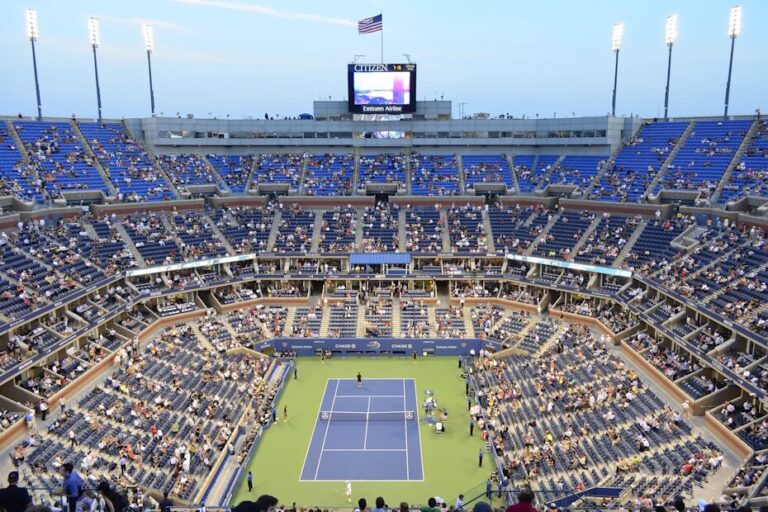You’ve likely heard the expression ‘all the gear, no idea’ when people talk about sports, but after you’ve finished reading this, we hope you’ll have all the gear to play tennis and plenty of ideas for using it correctly.
Tennis is a grueling sport. It requires stamina, strength, coordination, skill, and talent. Not only that, but it is also a very specialized sport in the sense that you need to ensure you have the right clothing, kit, and equipment to play correctly.
Nowadays, when people think of tennis, they think of white shirts, sweatbands, wristbands, and tennis rackets in terms of equipment. While these are all very practical pieces of kit, one of the most valuable pieces of tennis equipment is the shoes.
Not all tennis shoes are the same. They come in various shapes, sizes, and designs and eventually wear out over time. So, how long do tennis shoes last? Well, let’s find out, shall we?
Here’s a detailed look at tennis shoes and how often they should be replaced.
What Are Tennis Shoes?
We’ll get to the matter of how long tennis shoes last a little later on. First, however, we need to look at what tennis shoes are.
Now, without insulting your intelligence, tennis shoes are specially designed shoes that have been manufactured specifically for playing tennis. There, wasn’t that easy? But wait, there’s more!
Tennis is a sport that can be played on different surfaces. You’ve got hard courts, clay courts, and of course, grass courts. Because tennis is played on different surfaces, you need different footwear. Playing tennis on a clay-surfaced court, for example, is very different from playing on grass. Tennis shoes designed specifically for grass would offer very little help when playing on clay, and vice versa.
There are many different types and styles of tennis shoes out there, though these three are the most common:
- Grass Court Tennis Shoes
As the name suggests, these tennis shoes have been specifically designed to be worn primarily by tennis players who play on the grass.
These shoes are equipped with small, pointed spikes or studs, which help the wearer enjoy extra grip and traction while on the grass tennis court. The spikes/studs dig into the grass and help the wearer to stay on their feet while traversing the court.
Grass courts are typically softer than clay or hard courts. As a result, shoes designed for grass courts usually have extra padding to absorb shock and reduce the impact on the feet, which helps prevent injuries. These shoes are also often made with synthetic materials that resist water since grass courts can be damp in the morning or after rain.
- Clay Court Tennis Shoes
Unless you take your tennis very seriously, you likely won’t have played on clay before. If you have, however, you’ll know that it is a surface like no other. Wearing the correct footwear on a clay tennis court is not a recommendation; it is a necessity.
Clay court tennis shoes feature a unique herringbone tread design to provide maximum grip for the wearer while on the tennis court.
To reduce the risk of injury and also to help prevent the wearer from slipping over during a match, these shoes also feature additional support around the ankles.
Because they’re so uniquely designed, these shoes are generally more costly than grass-court tennis shoes, though there are plenty of options to choose from.
- All Court Tennis Shoes
Finally, the shoes that the vast majority of you are probably going to want to go with, at least at the start, are all-court tennis shoes.
Again, without being condescending, these tennis shoes have been designed specifically to be worn on all tennis court surfaces.
These shoes have a very versatile tread that provides plenty of grip and traction on both hard and soft courts alike. Because these are the most common type of tennis shoe out there, they’re also among the most affordable.
How Long Do Tennis Shoes Last?
Answering this question is tricky because it depends on a number of factors. For example, what type of quality were the shoes to begin with? How often do you play, what surface do you play on, how are they stored, etc?
While there is no definitive answer to this question, as a rule of thumb, tennis experts recommend changing your tennis shoes every 6 – 12 months. Of course, they could last longer than that if you rarely use them and/or look after them well, or they could last less than that.
If you go with the idea of buying a new pair of tennis shoes every year, however, you should be fine.
Signs That Your Tennis Shoes Need Replacing
If you’re still unsure about whether or not your tennis shoes will need replacing, however, here are a few signs that it could be time to invest in a new pair.
1. They’re older than six months
One clear indication that it may be necessary to replace your tennis shoes is if they have been in use for over six months.
2. Your feet hurt when wearing them
Whether or not your tennis shoes are old enough to be replaced is irrelevant if you wear them and your feet hurt. It doesn’t matter whether the shoes are six months old, six years old, or even six days old. If you are in pain while wearing them, they need replacing. It’s that simple.
3. They have noticeable signs of wear and tear
Another tell-tale sign that your tennis shoes need replacing is when they begin to look old and worn out. If the shoes have cracks, rips, frayed laces, splits, or have become misshapen, you should start looking for a new pair.
4. You keep losing your grip
Regardless of which surfaced tennis court you’re playing upon, if you’ve found yourself regularly slipping over and losing your grip on the floor, the tread has likely gone on your shoes, and they will need to be replaced. Not only will this affect your game, it could result in a serious injury.
